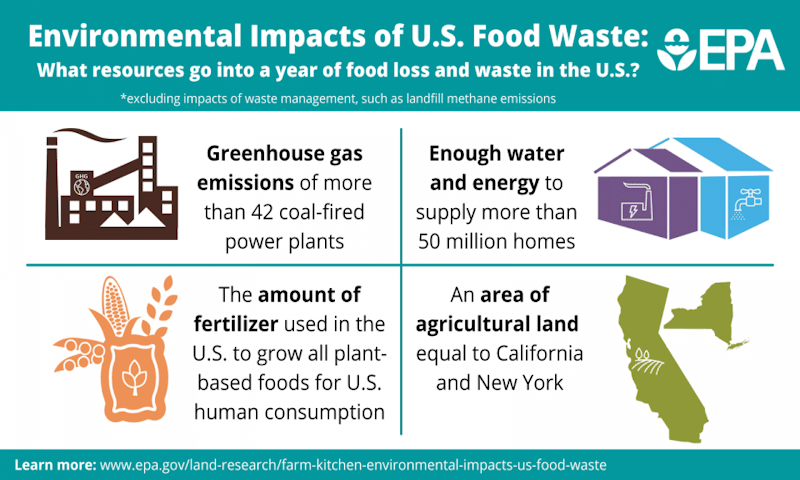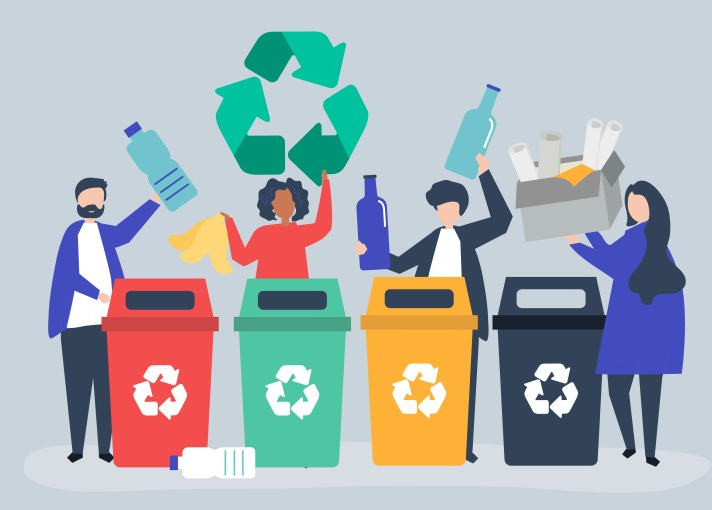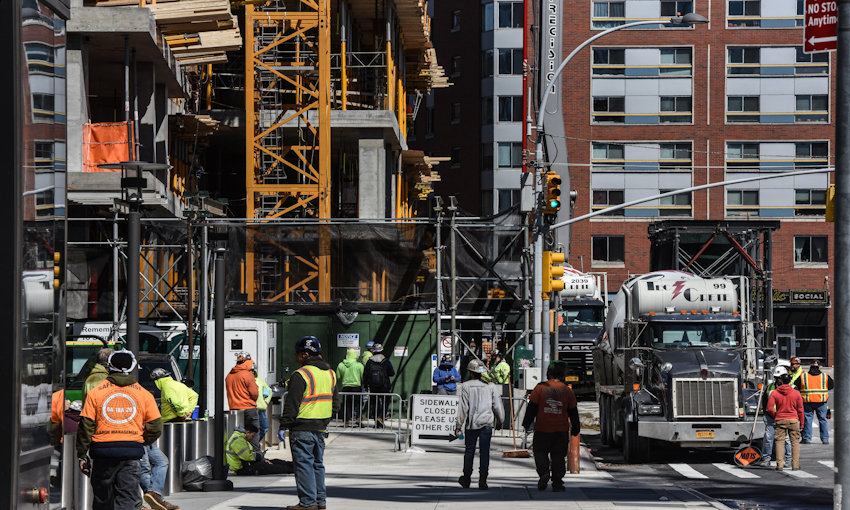New York City, often regarded as the epitome of modernity and progress, stands at a crossroads where urban development clashes with environmental sustainability. The city that never sleeps is also grappling with a myriad of environmental challenges, each demanding attention and collective action.
Air quality and pollution:
One of the most pressing environmental concerns in New York City is the quality of the air. Despite considerable efforts to reduce pollution, the city still contends with high levels of particulate matter, nitrogen dioxide, and ozone. The combustion of fossil fuels, vehicular emissions, and industrial activities contribute significantly to the deteriorating air quality. Asthma rates in certain neighborhoods, often correlated with poor air quality, serve as a stark reminder of the impact on public health.
The city’s iconic skyline, while symbolizing progress, also masks the invisible threat of air pollution. Initiatives such as congestion pricing and the expansion of electric public transportation aim to mitigate these issues. However, comprehensive solutions require a multipronged approach, including stricter emissions regulations, increased green spaces, and the promotion of sustainable transportation alternatives.
Water Management and Coastal Resilience:
New York City’s complex relationship with water extends beyond its iconic harbor. Rising sea levels, exacerbated by climate change, pose a significant threat to the city’s coastal areas. Superstorm Sandy in 2012 served as a wake-up call, highlighting the vulnerability of New York City’s infrastructure to extreme weather events.
Investments in coastal resilience measures, such as the construction of protective barriers and the elevation of critical infrastructure, are underway. However, the enormity of the challenge requires a sustained commitment to adapting to climate change. Sustainable urban development practices and the preservation of natural wetlands are crucial components of a comprehensive strategy to safeguard the city against future storm surges.
Waste Management and Recycling:

The sheer density of New York City’s population results in substantial waste generation. Despite the implementation of recycling programs, a significant portion of the city’s waste still ends up in landfills. The city’s limited space increases the logistical difficulties of waste disposal.
In recent years, there has been a growing emphasis on waste reduction and recycling education. The city is actively working towards achieving zero-waste goals by implementing composting programs, promoting reusable alternatives, and enhancing recycling infrastructure. Community engagement and awareness campaigns are essential in fostering a culture of responsible waste management among New York City’s diverse population.
Urban Heat Island Effect:
Asphalt and concrete dominate the urban landscape of New York City, contributing to the development of urban heat islands. These areas experience higher temperatures than their surrounding rural counterparts, posing health risks and increasing energy consumption for cooling.
Green roofing initiatives, increased tree planting, and the incorporation of reflective materials in urban design are strategies employed to combat the urban heat island effect. While progress has been made, sustained efforts are required to transform New York City into a cooler, more sustainable urban environment.
Biodiversity and Green Spaces:
Amidst the concrete jungle, preserving and enhancing biodiversity is a significant challenge. Urbanization and habitat destruction threaten the diverse ecosystems that once existed in the city. Parks and green spaces serve as critical refuges for wildlife, but these areas are continually under pressure from development projects.
The expansion of green roofs, the creation of pollinator-friendly spaces, and the restoration of natural habitats within the city are essential steps towards fostering biodiversity. Striking a balance between urban development and ecological conservation is crucial for ensuring the coexistence of New York City’s human and non-human inhabitants.
Environmental Justice:
Environmental issues in New York City are not distributed uniformly, with vulnerable communities often bearing the brunt of environmental burdens. The concept of environmental justice emphasizes the fair treatment and involvement of all people, regardless of race, class, or income, in the development and enforcement of environmental laws and policies.
Low-income neighborhoods, often comprised of marginalized communities, disproportionately face the impacts of pollution, inadequate access to green spaces, and the consequences of climate change. Advocacy for environmental justice aims to address these disparities by promoting inclusive policies and ensuring that the benefits of environmental initiatives are equitably distributed across all communities.
New York City’s environmental challenges are a microcosm of the global struggle for sustainability and resilience. As the city grapples with issues such as air pollution, water management, waste, urban heat islands, biodiversity, and environmental justice, it is essential to recognize that these challenges are interconnected and require holistic solutions.
The city’s commitment to environmental initiatives, coupled with the engagement of its diverse population, serves as a beacon of hope. As New York City continues to evolve, the path towards a greener and more sustainable future demands collaboration, innovation, and a collective consciousness that places the well-being of the environment and its inhabitants at the forefront of urban planning and development.




